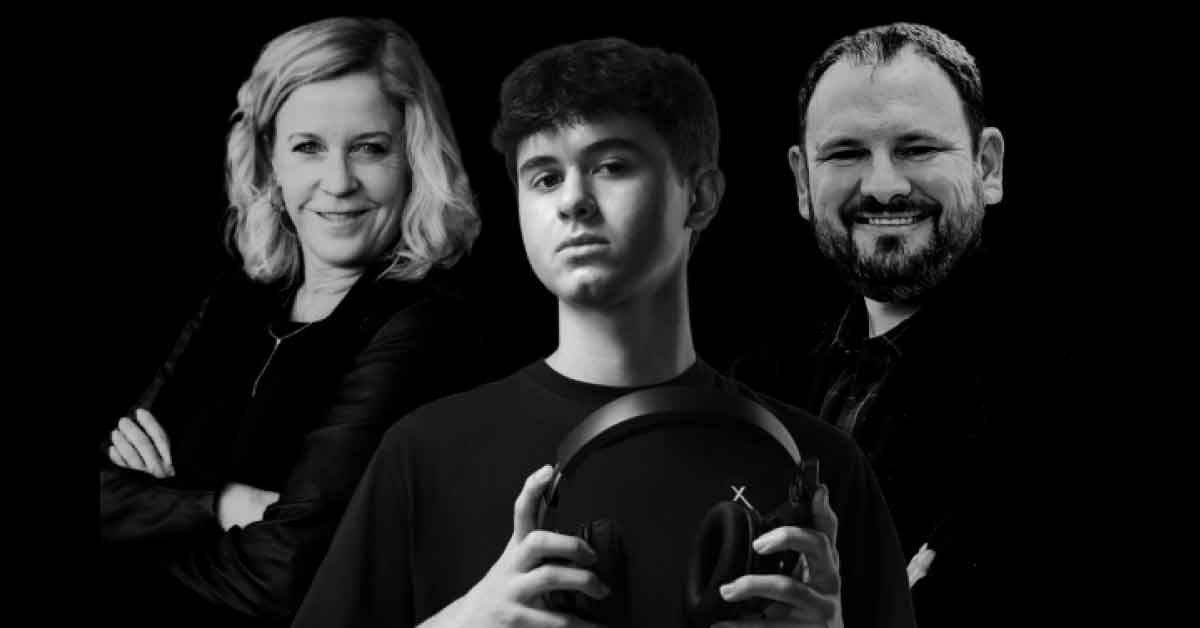
June 3, 2025
The 2025 ESTA Hall of Fame
Honoring the Trailblazers Who Redefined Esports
Meet the visionaries, competitors, and industry titans who’ve shaped esports’ explosive trajectory—from basement LAN parties to filling stadiums—as we celebrate this year’s legendary Hall of Fame class.

The Esports Trade Associationís most prestigious honor isn't about celebrating fleeting victories or quarterly profits. Itís about immortalizing the architects who transformed esports from basement tournaments into a cultural phenomenon that commands billion-dollar valuations and primetime broadcast slots. These inductees didnít just play the gameóthey rewrote its rules, expanded its boundaries, and invited the world inside.
HONORING EXCELLENCE
THE IMPORTANCE OF THE ESTA HALL OF FAME
The Esports Trade Associationís Hall of Fame represents the Mount Olympus of competitive gamin- a rarified space where only those who've fundamentally altered the industry's trajectory are enshrined. Established to preserve esports' rapidly evolving history, the Hall of Fame celebrates not just championship victories but lasting legacy.
ìThe Hall of Fame embodies our mission to honor those architects who've built the very foundation upon which todayís global esports industry stands,î explains Megan Van Petten, Founder of the Esports Trade Association. These inductees represent the pioneering vision, leadership excellence, and transformative impact that turned esports from basement tournaments into stadium-filling cultural phenomena.
Unlike traditional sports halls of fame that often require decades of achievement, ESTA's recognition acknowledges the compressed timelines of digital culture. In an industry where five years can represent an entire competitive generation, the Hall serves as both historical archive and forward-looking inspiration.
The selection process combines industry peer nominations with committee evaluation, ensuring that inductees represent not just popular figures but genuine change agents across competitive gaming's ecosystemófrom players and coaches to executives and technology innovators.
This year's class features a particularly diverse cross-section of talent, each representing a different pillar of esports' remarkable ascension
 THE STRATEGIC MASTERMIND
THE STRATEGIC MASTERMIND
HOW EA’S MONICA DINSMORE LEVELED UP THE INDUSTRY
When Monica Dinsmore orchestrates an esports event, millions tune in. As Head of Esports at Electronic Arts, Dinsmore doesn’t just understand gaming culture—she’s actively engineering its future. Her portfolio reads like a power player’s dream lineup: Madden NFL, EA SPORTS FC, and Apex Legends.
But Dinsmore’s greatest achievement might be her architectural brilliance behind Riot Games’ League of Legends European Championship launch in Germany—an endeavor that didn’t just win awards but redefined what competitive gaming could look like on the global stage. While competitors were still thinking about tournaments, Dinsmore was building ecosystems.
What distinguishes her approach is her long-term strategic vision. She doesn’t just orchestrate weekend events; she architects decade-spanning competitive ecosystems that evolve alongside gaming culture itself.
With a decade of experience navigating esports’ choppy waters, Dinsmore has transformed from executive to oracle, anticipating cultural shifts before they materialize and positioning EA as not just a game publisher but a digital sports empire.
 THE INFRASTRUCTURE INNOVATOR
THE INFRASTRUCTURE INNOVATOR
COREY DUNN'S BACKSTAGE REVOLUTION
If esports were a blockbuster film, Corey Dunn would be its unsung director, cinematographer, and studio head rolled into one. The Executive Director at OpTic Gaming/Esports Stadium Arlington began his journey in 2004 with a microphone and a vision, calling plays for Counter-strike competitions when esports wasn’t even a term.
Dunn's genius lies in his chameleon-like adaptability - talent turned director turned venue operator turned event producer - each evolution bringing critical infrastructure to an industry building its airplane while flying it. His fingerprints are on the blueprints of how modern esports events function, from broadcast workflows to venue design.
What separates Dunn from his contemporaries is his architectural thinking: while others saw empty convention centers, he envisioned a home purpose-built for the spectacle of competitive gaming.
 THE TEENAGE PHENOM
THE TEENAGE PHENOM
HOW BUGHA REDEFINED GAMING’S MAINSTREAM POTENTIAL
When Kyle “Bugha” Giersdorf raised the Fortnite World Cup trophy in 2019, he wasn’t just clutching hardware—he was holding mainstream legitimacy in his teenage hands. The Pennsylvania prodigy’s $3 million victory did what a decade of industry growth couldn’t: it made parents across America suddenly view gaming as something beyond mere distraction.
Bugha’s trajectory defies physics—from bedroom gamer to mainstream icon in the 48 hours following his victory. His subsequent appearances on The Tonight Show and in a Super Bowl commercial weren’t just personal victories but collective validation for an entire culture still fighting for recognition.
What makes Giersdorf’s Hall of Fame induction particularly noteworthy is Epic Games’ unprecedented decision to immortalize him with an in-game skin—essentially turning a real-world champion into digital mythology. In the metaverse economy, Bugha isn’t just famous; he’s become intellectual property, a walking brand extension that bridges competitive excellence with cultural currency.
“I’m just a kid who loves the game,” Bugha famously said after his win, unknowingly delivering the perfect soundbite for esports’ coming-of-age moment—authentic, youthful, and disarmingly humble in the face of life-changing success.
Categorized in: EsportsNext Magazine



